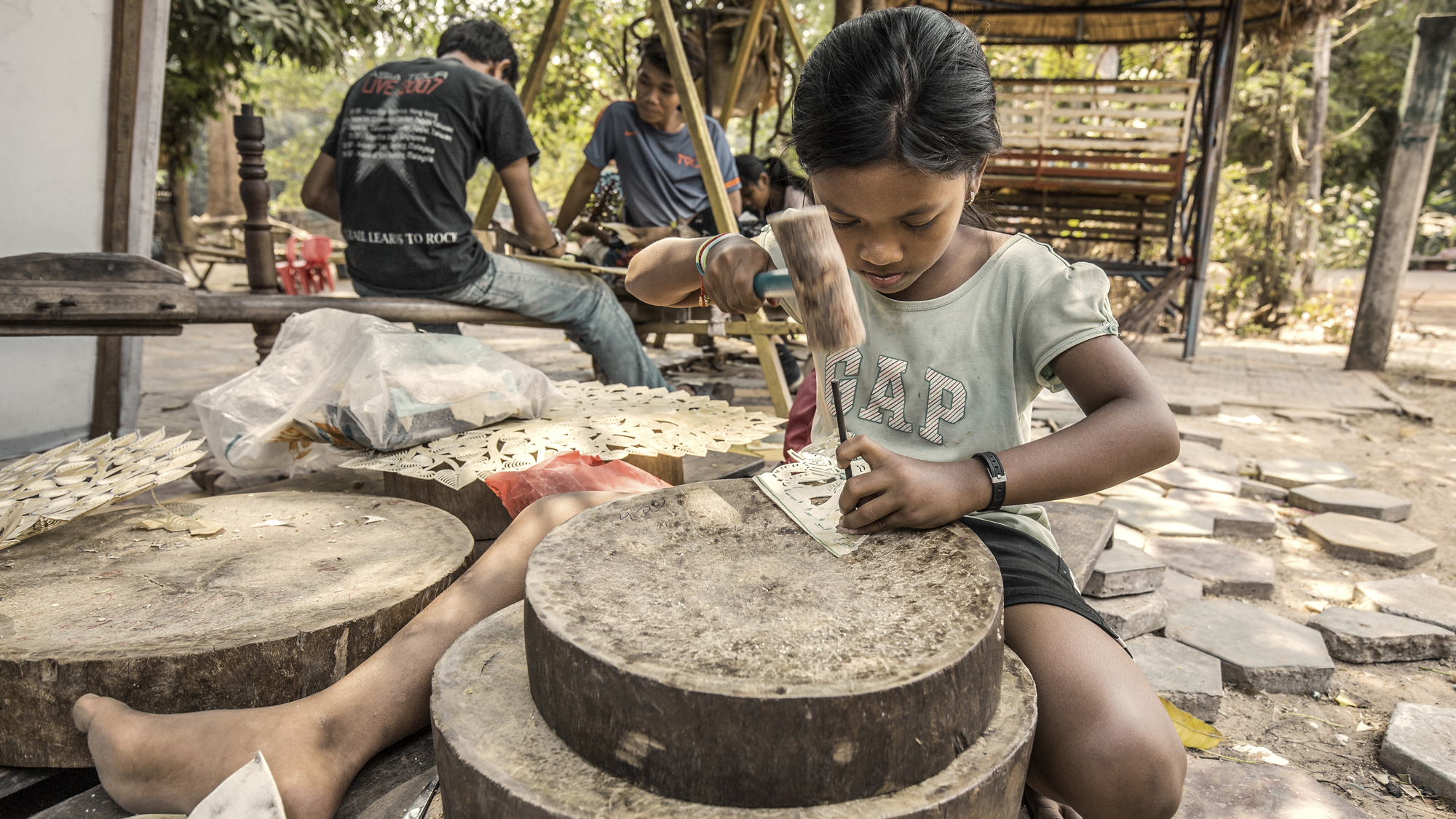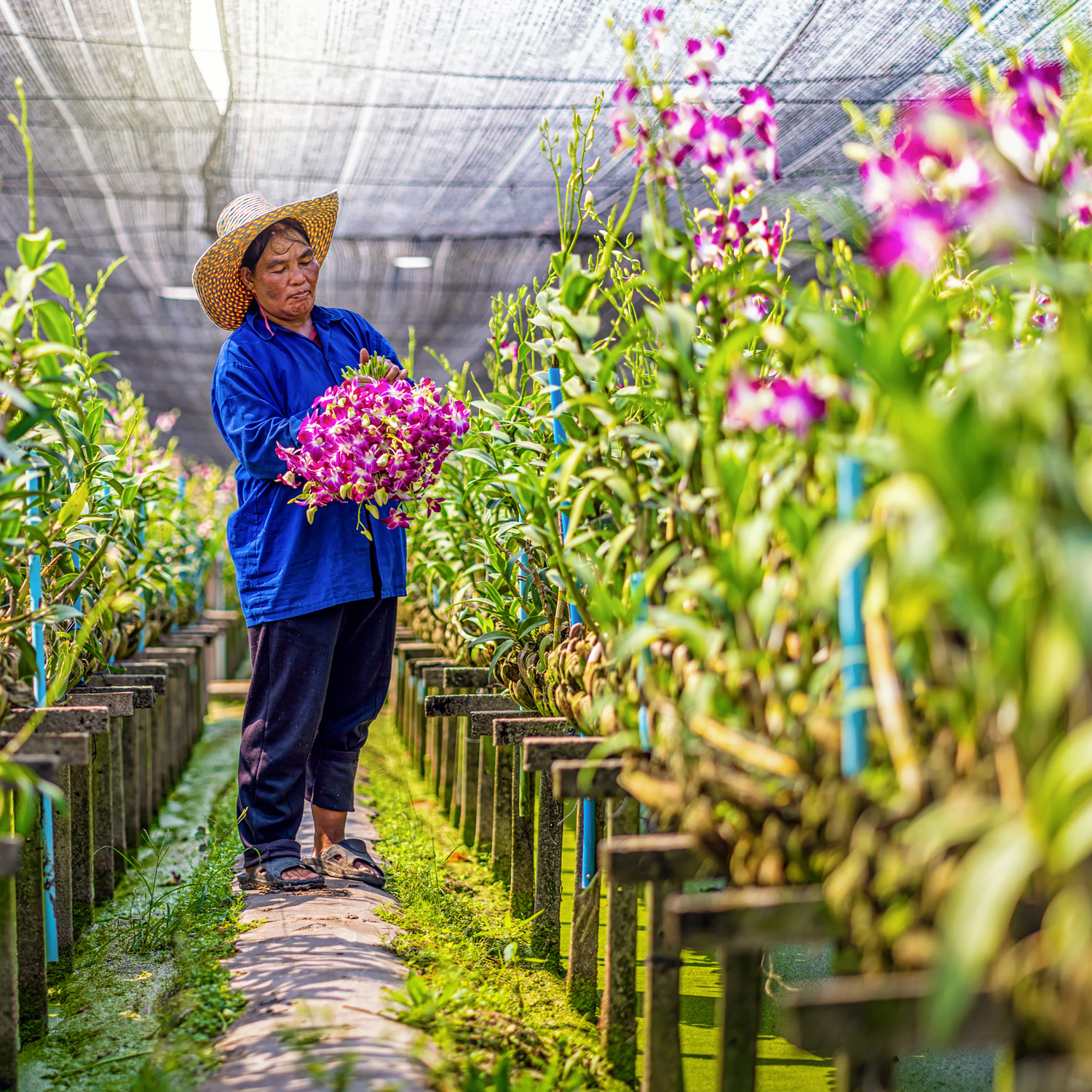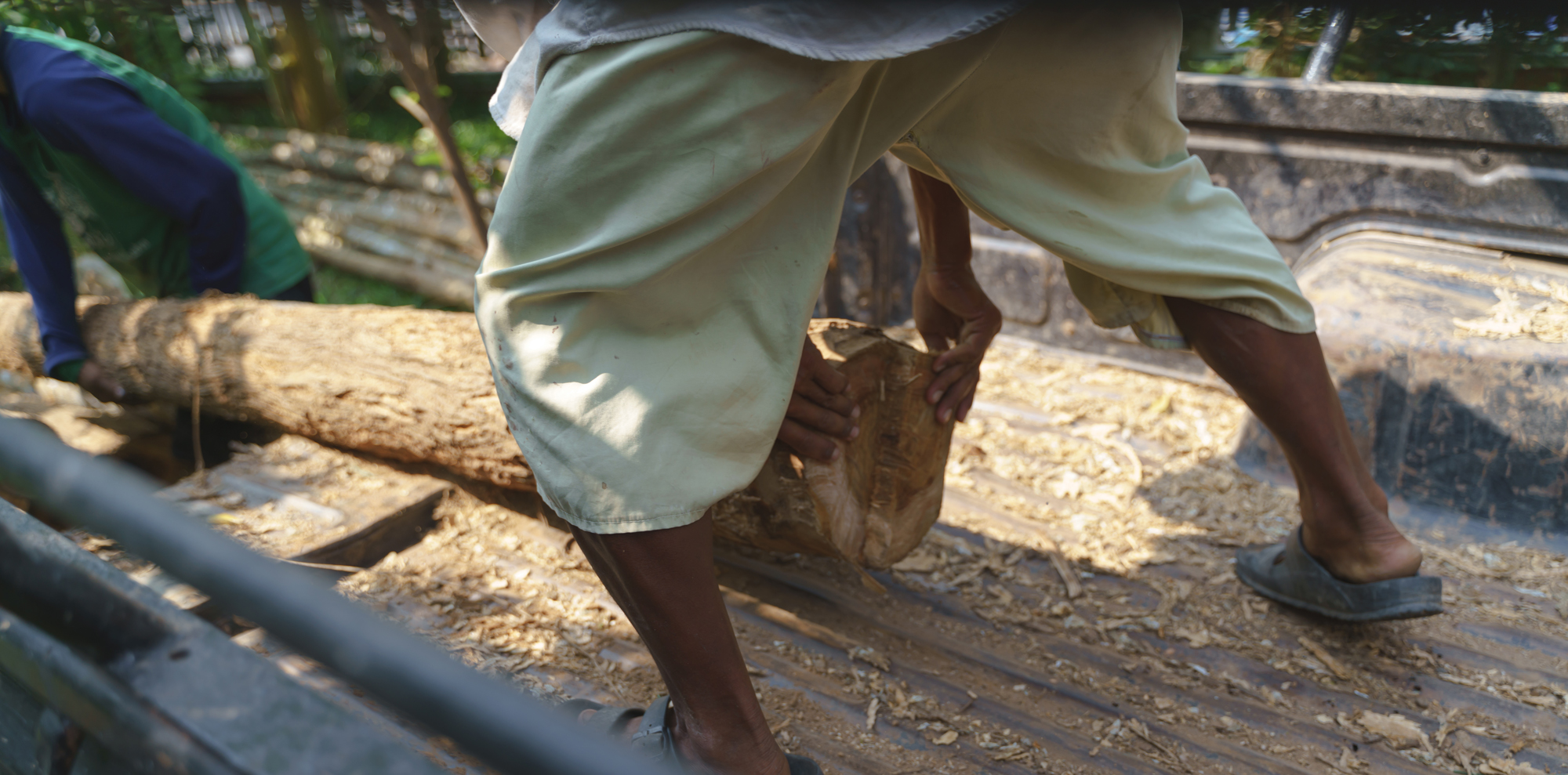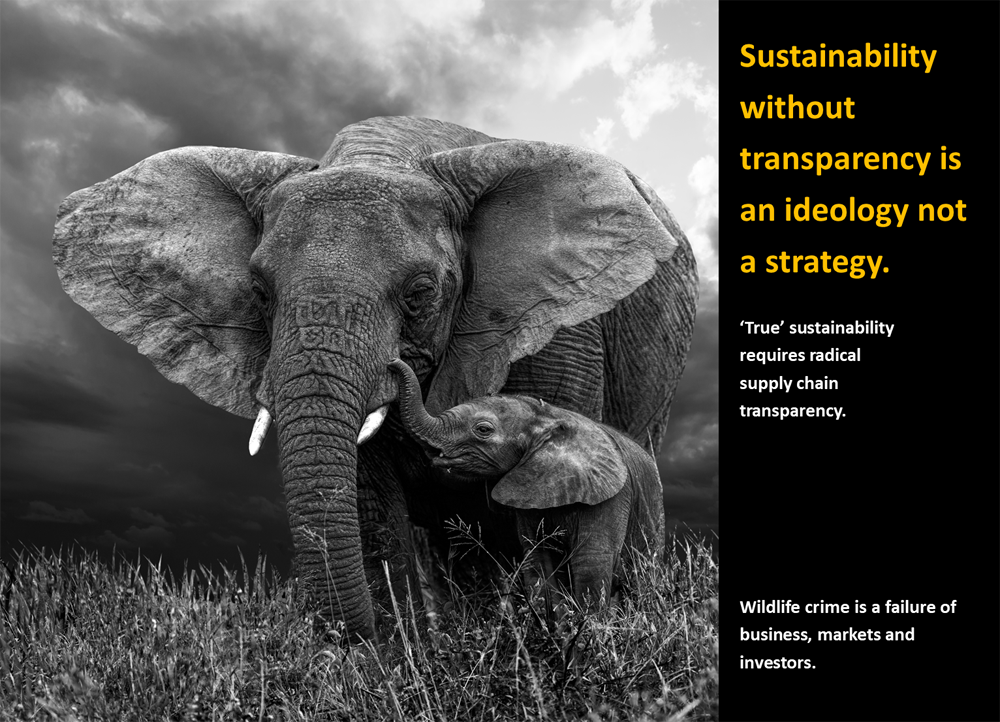
Mention the word slavery and for most of us it brings to mind images of ships full of people in chains, transported from Africa to be sold to plantation owners in the USA and the Caribbean. Sadly, too few lessons have been learnt from this horrendous disregard of human life and today modern slavery is all around us. The last decade has seen a growing focus on the tragedy of modern day slavery, with governments around the world either enacting legislation aimed at tackling this crisis or considering doing so.
This is yet another example highlighting that after decades of voluntary governance schemes and fair-trade initiatives, too many industries aren’t monitoring their supply chains. It seems a significant percentage of businesses don’t really care if their suppliers use enslaved labour, even when that labour is enslaved, child labour. As recently as December 2020, a case heard in the U.S. Supreme Court outlined the use of child slave labour in chocolate production. Six children are suing Nestlé and Cargill for aiding and abetting their enslavement in Côte D’Ivoire, where they were forced to work on coco harvesting. A verbal argument made by one of the lawyers acting for Nestlé and Cargill, was that “Corporations cannot be liable under international law for any human rights crimes, including aiding and abetting child slavery”. I don’t even know how to respond to this statement, it is so shameful.
When human lives, children’s lives, appear to matter so little to big business, it should come as no surprise that companies happily profit from the commodification of non-human species, ignoring the cruelty and extinction crisis associated with such trade. An almost identical statement was made by Hermès in response to Peta’s exposure of the cruel treatment of ostriches; one of the facilities shown in the distressing footage is an exclusive supplier of ostrich skins for Hermès’ Birkin bags. Hermès said it does not own the farms and “operates at a secondary level within this industry”.
While there is plenty of evidence we live in a world where business lacks humanity, these same businesses like to push their sustainability credentials. In the case of endangered and exotic species, there is no basis or substance in their glossy sustainability reports. This was again confirmed in a paper published in recent weeks, were the authors stated, “Our study does not provide evidence of [either] unsustainability or sustainability, as a global understanding of carrying capacity and offtake levels is missing. Rather, we reveal that where the exploitation for trade occurs, populations decline significantly in abundance.” Business simply hasn’t bothered to monitor if their production is driving the extinction crisis, they just focus on profits and shareholder dividends.
Be it modern day slavery or the extinction crisis, too many businesses think they can get away with hiding unethical and illegal behaviour in their supply chains, and indeed they do. The nature of business models today is that they’re heavily reliant on multiple levels of supply chain contracting, including third party arrangements. In the main, the longer the supply chains, the more opaque they become.
Complex, global supply chains have evolved in parallel with a highly successful campaign to convince society that any regulation is inherently bad for the economy and job creation. All this means is that it is almost impossible to obtain accurate or useful information about what is happening as a result of fully globalised trade.
Given these difficulties and the simple need to start somewhere, those investigating modern day slavery have a pattern of splitting the supply chain into three sections:
- Raw materials
- Intermediate stage manufacturing (for example, tanneries), and
- Final stage manufacturing
Discussions with the investigators of modern day slavery confirmed that while inroads are being made in the transparency of intermediate and final stages of manufacturing, much less is being done at the raw materials end, simply because it is much harder to do.

When the raw materials end of the supply chain is examined, investigators are looking at commodities such as cotton, coffee, coco, leather from stock animals and fisheries; in all the discussions I had, none had considered industries using endangered species, in the form of:
- Legal farming and cultivating, for example orchids
- Legal captive breeding, for example pythons
- Legal wild harvesting, for example rosewood

Many of those investigating modern day slavery say, “most of the goods that we purchase will have modern slavery somewhere in their production” and, those I spoke to said there was no reason to think that modern day slavery isn’t part of the legal trade in endangered and exotic species.
A conservative estimate is that forty million people are trapped in modern slavery worldwide, with bonded (debt) labour being the most widespread form of slavery. From the outside, this work can look like they are in a ‘normal job’, but people are controlled by violence and inescapable debt.

Discussions with representatives of conservation agencies confirmed that they know modern day slavery exists in the trade in endangered species, but they don’t know the scale of the issue because, to quote them, “We are simply not looking at the convergence, and we are not asking those questions”.
Yet, they all had stories about their experiences with modern-day slavery. For example, an Asia-based wildlife trafficking investigator said, it was not unusual to find groups of up to 20 young men being trafficked to work in the logging of rosewood, he said “We only find these men because we are looking for endangered species”.
As a growing number of investigations are being done to uncover modern day slavery, what is useful to know is that CITES listed species should be able to provide a basis for such investigations at the raw materials end of the supply chain. Very few global trades are facilitated by a UN body, with the agreement of 183 signatory parties, as is the case with the legal trade in endangered species. Currently this isn’t possible because most CITES signatory countries still use a 1970s paper based permit system that doesn’t integrate with world customs.
But if the CITES system was modernised to be an electronic, real-time permit system that provides trackability and traceability from source to destination, this would provide a ‘chain of evidence’ that would make the supply chain, at the ‘raw materials’ end, more accessible. This would not only mean that the trade in species would be more transparent, but also that a link between modern day slavery and the final products could be made.
The global cost of modernising the CITES permit system is just US$30 million, and it has been in discussion since 2002. While conservation and CITES signatory governments must share some of the blame for the inertia, so must industries, businesses and investors who have profited from these secretive supply chains.
It is time for these industries, businesses and investors to put their hands in their very deep and full pockets and deal with the cruel and illegal practices in the supply chains set up for their benefit. Right now, their head in the sand approach means that they barely have any understanding of the risks they must urgently address.
Currently industries, businesses and investors are not worried that the extinction crisis is a risk to their brand, reputation, profits or wealth. But a growing number don’t want to be called out in the headlines about modern day slavery being found in their supply chain.
Nature Needs More’s preliminary investigations concluded that there is a significant convergence between modern day slavery and the trade in endangered species, but this is currently not being investigated. We are pushing for an urgent upgrade of the CITES permit system and a scheme where all businesses trading in endangered species have to be registered, so that we can get end-to-end visibility of the trade.
If this happens, it should support modern day slavery campaigners in their push to investigate slavery at the raw materials end, for industries including luxury dining, homeware and fashion.


